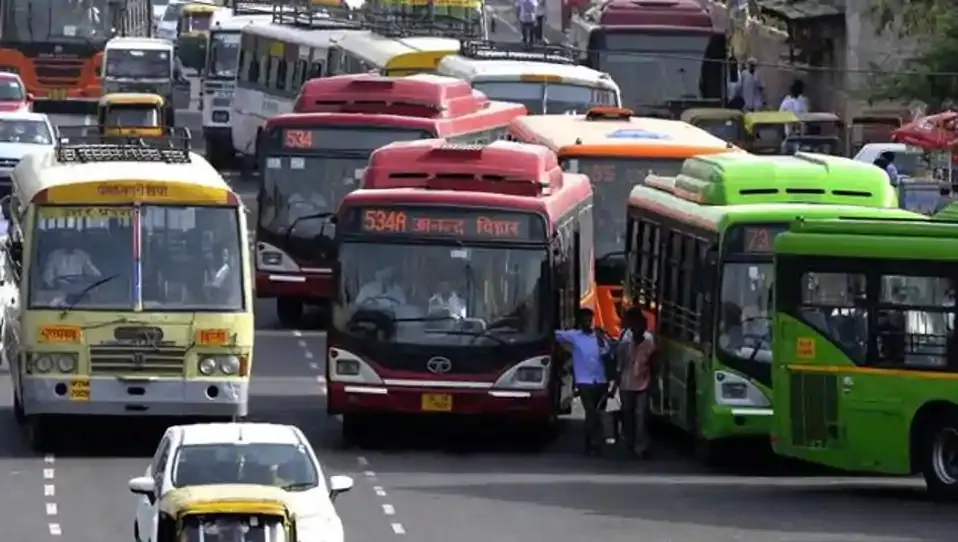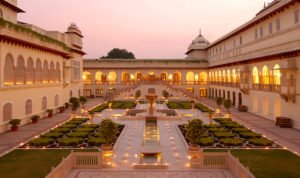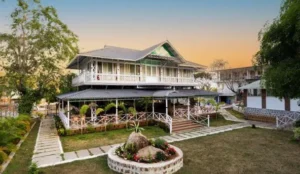A Practical Guide to Navigating Indian Cities
India’s cities are vibrant, fast-moving, and diverse—and so is their public transport system. Whether you’re a backpacker on a budget or a traveler seeking local experiences, public transport provides a real sense of daily life in India.
1. Buses: Inexpensive and Widely Available
City Buses: Run by local municipal corporations. Affordable and accessible in most major cities like Delhi, Mumbai, Bengaluru, and Hyderabad.
Intercity Buses: Long-distance buses connect towns and cities. Options include regular, AC, sleeper, and luxury services operated by both government and private operators.
Apps like RedBus and MakeMyTrip are handy for booking intercity routes.
2. Auto Rickshaws: The Iconic Indian Ride
Best for short distances, autos (three-wheeled taxis) are found in every Indian city and town.
Fares are usually metered in metros, but bargaining is common in smaller cities.
Prepaid and app-based autos (via Ola or Uber) are also available in many urban areas for a smoother experience.
3. Metro Systems: Fast, Clean & Efficient
India’s metro systems have transformed urban mobility. Major cities with well-established metro networks include:
Delhi Metro: One of the largest and most efficient in the world.
Mumbai Metro: Expanding rapidly to reduce traffic congestion.
Bengaluru Metro (Namma Metro): Clean and growing fast.
Kolkata Metro: India’s oldest metro system.
Chennai, Hyderabad, Lucknow, Jaipur, and Ahmedabad also operate metro lines.
Smart cards and mobile apps make commuting faster and easier.
Travel Tip:
Carry small change for autos and buses. Use Google Maps or local transit apps like Moovit to check routes and schedules.









